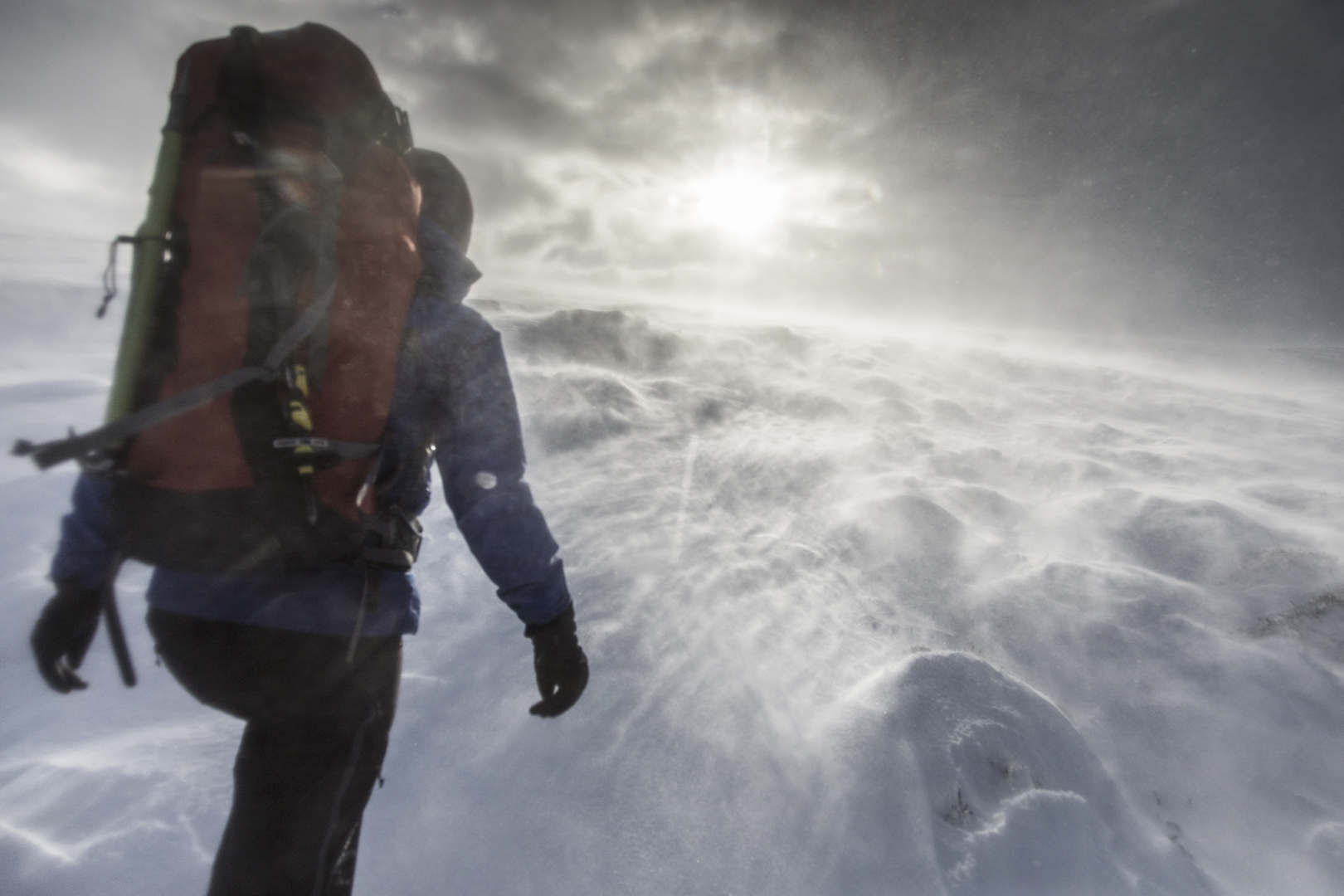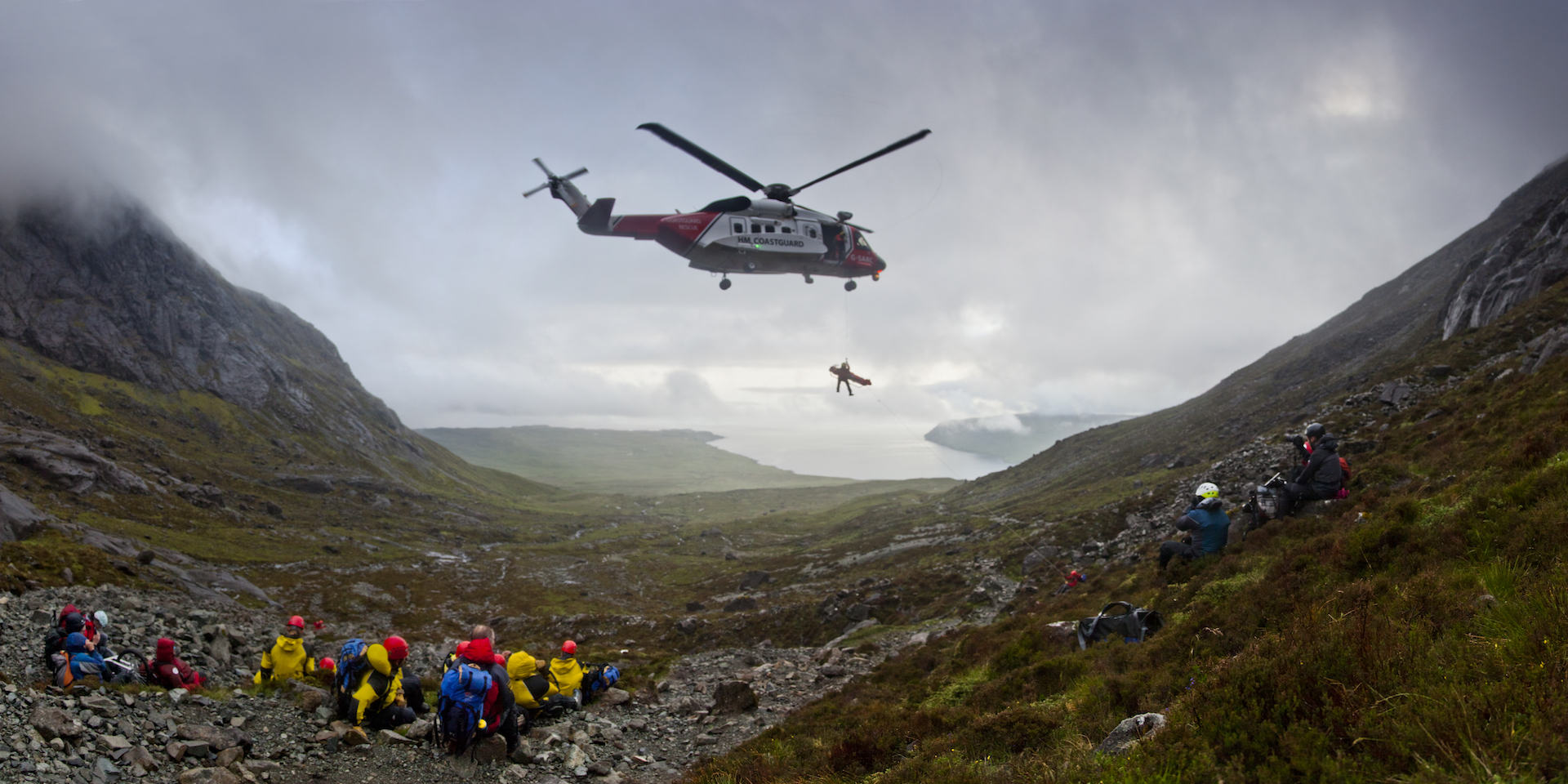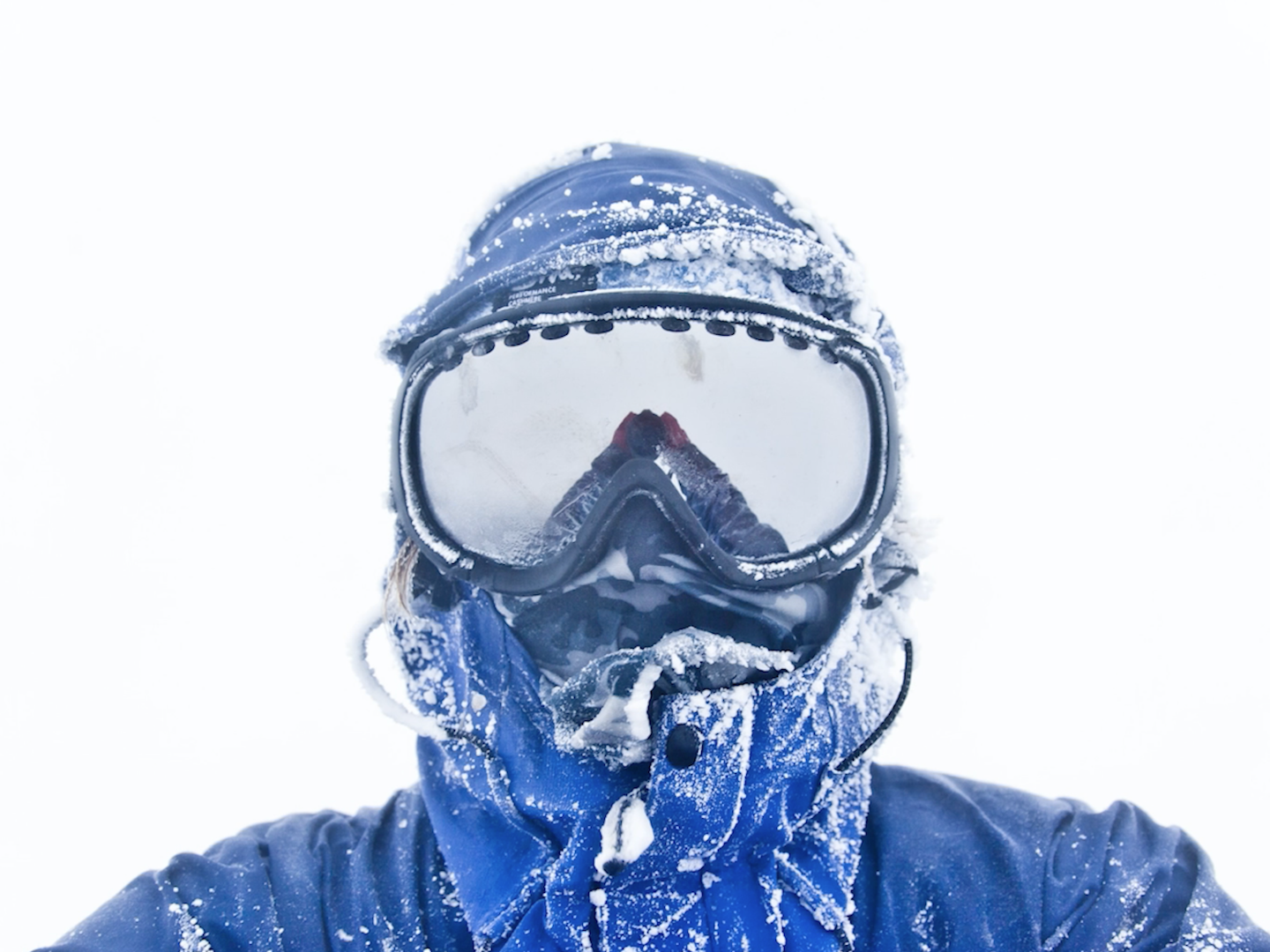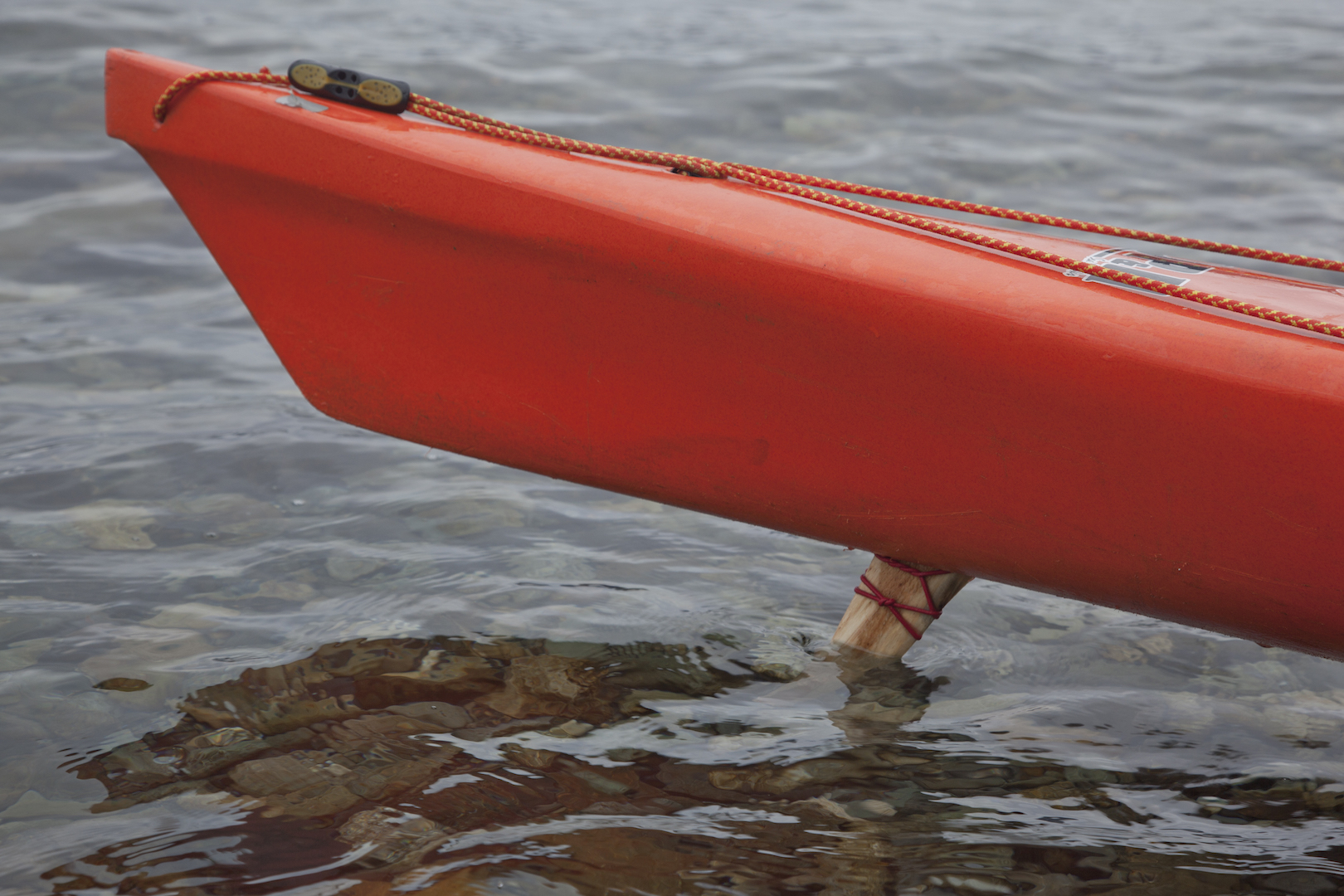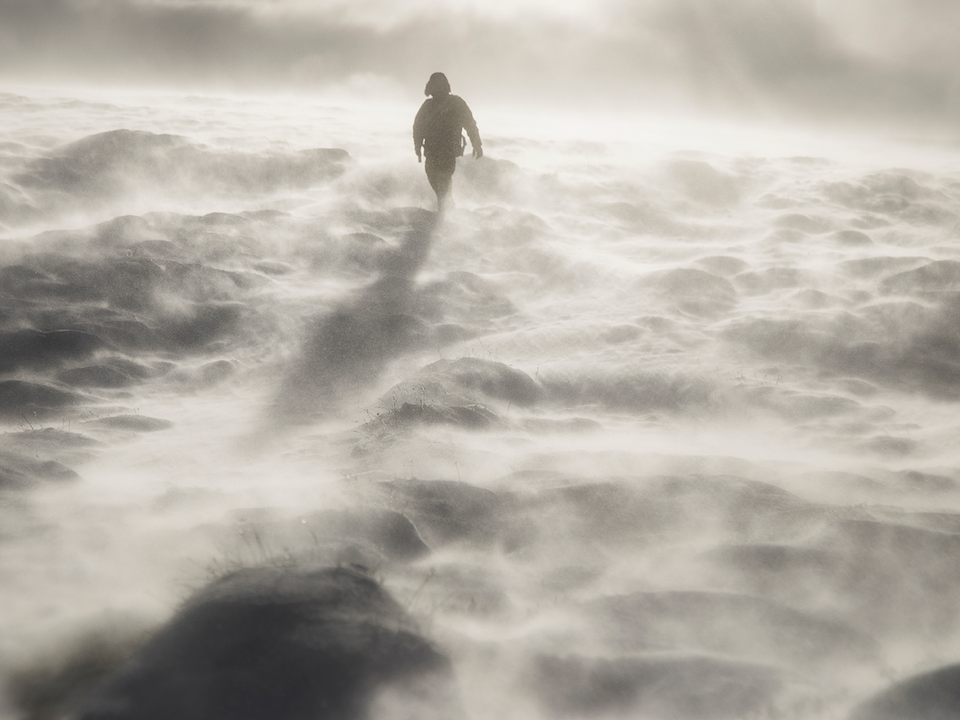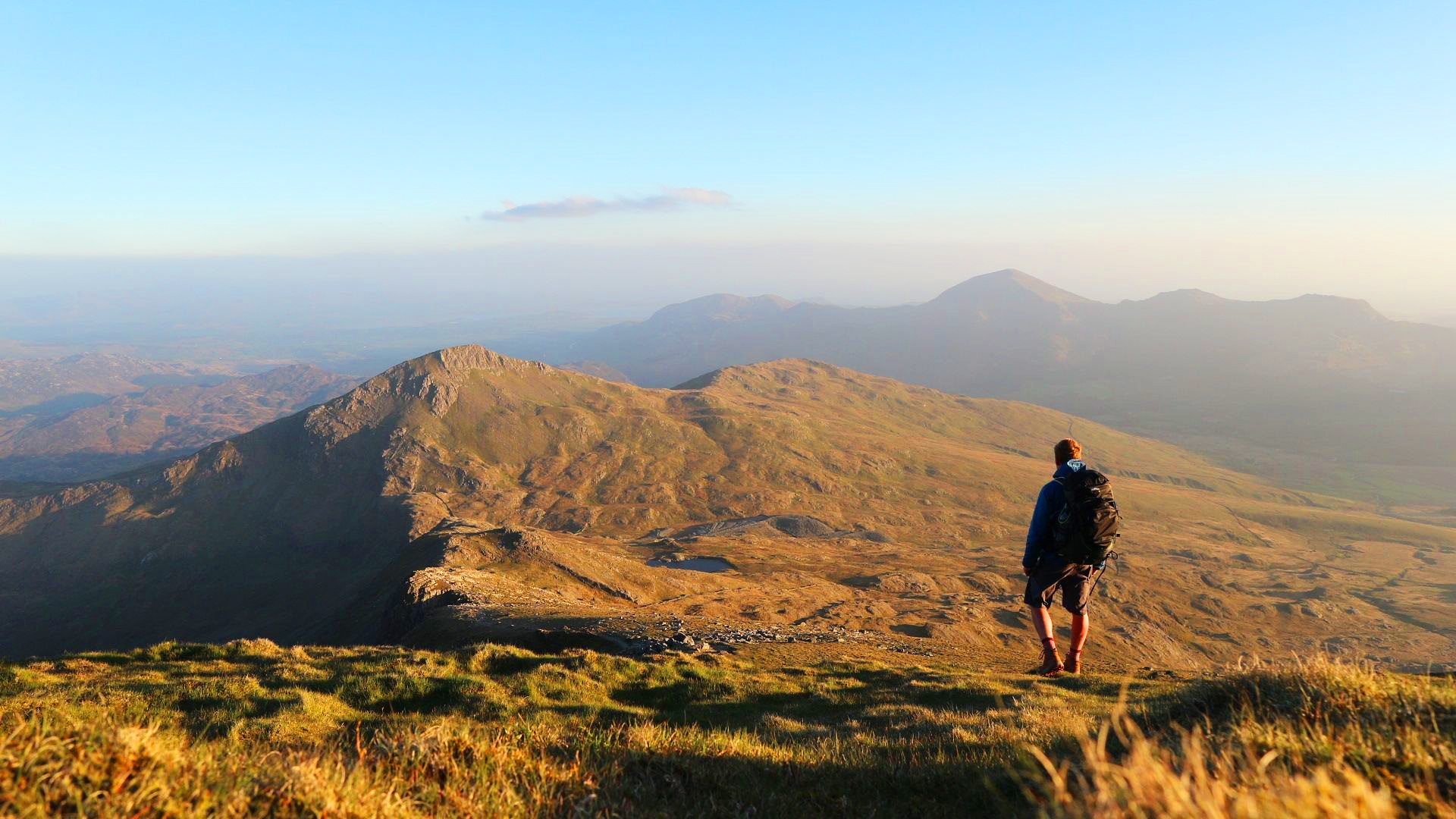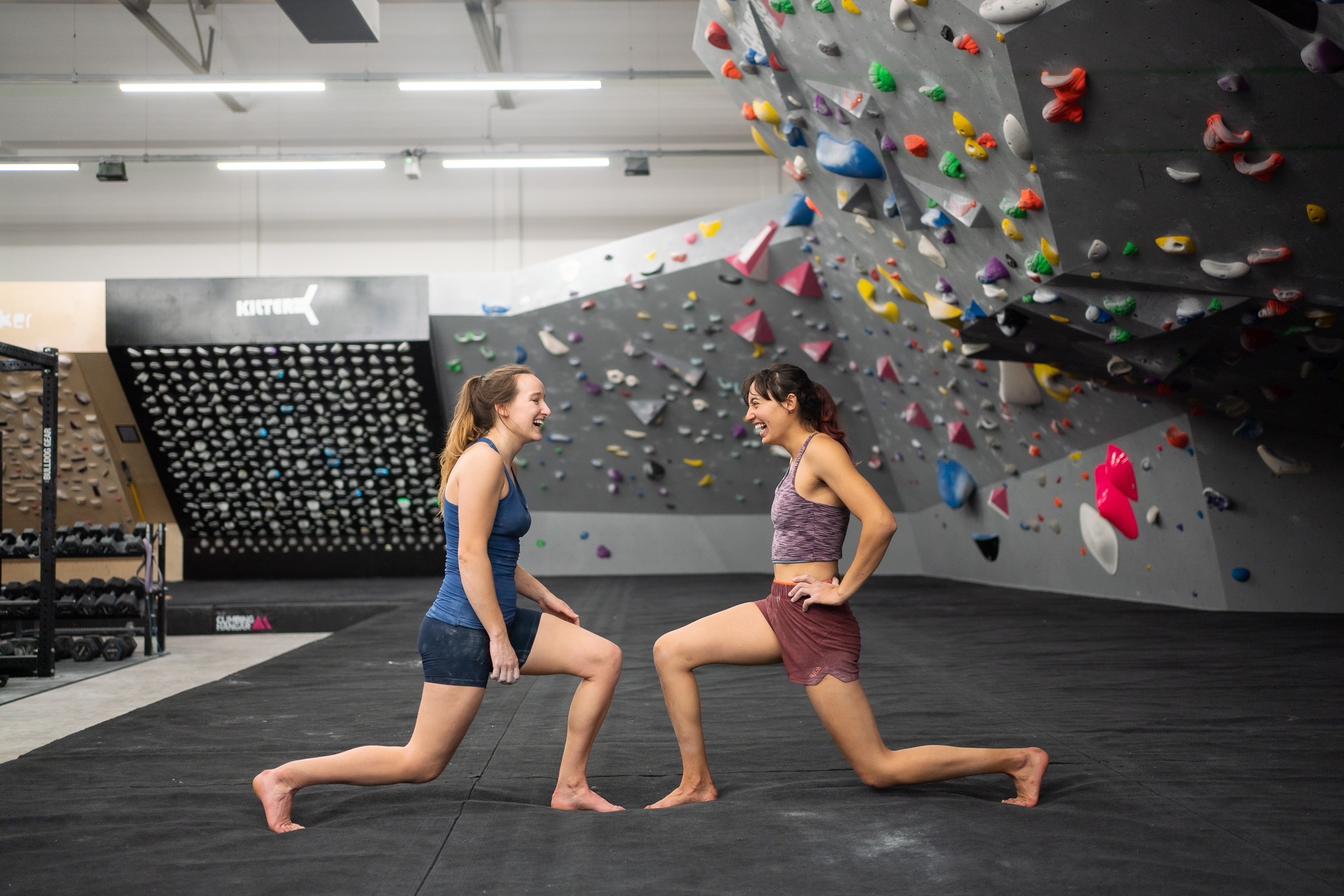Sometimes even the best laid plans can go awry. I have occasionally daydreamed of those ‘what ifs,’ often portraying myself as the hero of an imaginary ‘nightmare’ situation where I’ve managed to survive, crawl and escape as the victor. On rare occasions, the situation has been a reality; be it getting lost on a hill, hypothermic, slipping down a slope or breaking vital gear… my list could go on. Each time something like this has happened, I can say that I certainly didn’t feel like a hero, however, thanks to proper prior planning for unexpected events, I have always made it home safe.
Over the course of several adventures and through friends and colleagues, I have learnt a few ways in which I personally judge risk and calculate the decisions that have kept me safe so far. So I thought I would share them.
Know Your Enemy
Before venturing out, thoroughly research what you are going into. Is the area remote? Is there a path, and how navigable is it going to be? Will it be snow-covered or faintly marked, rugged or smooth?
